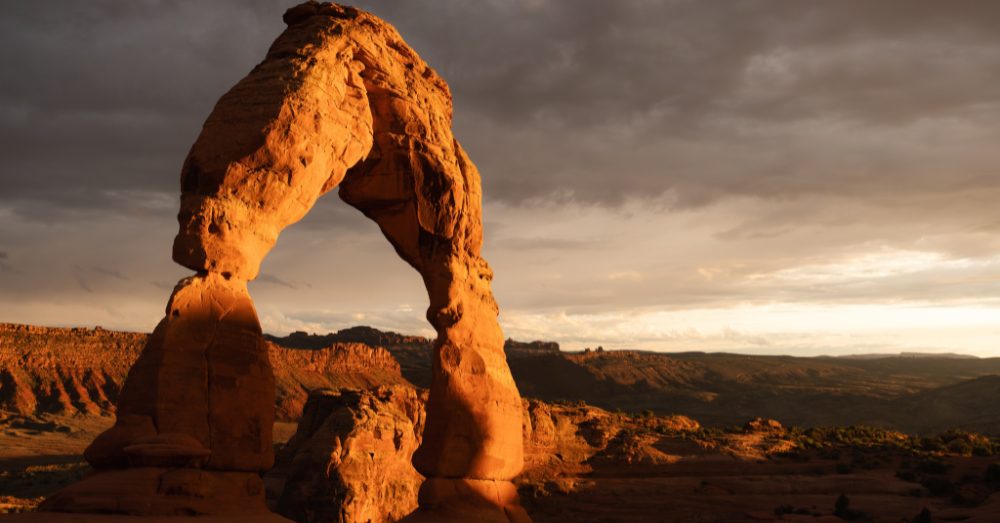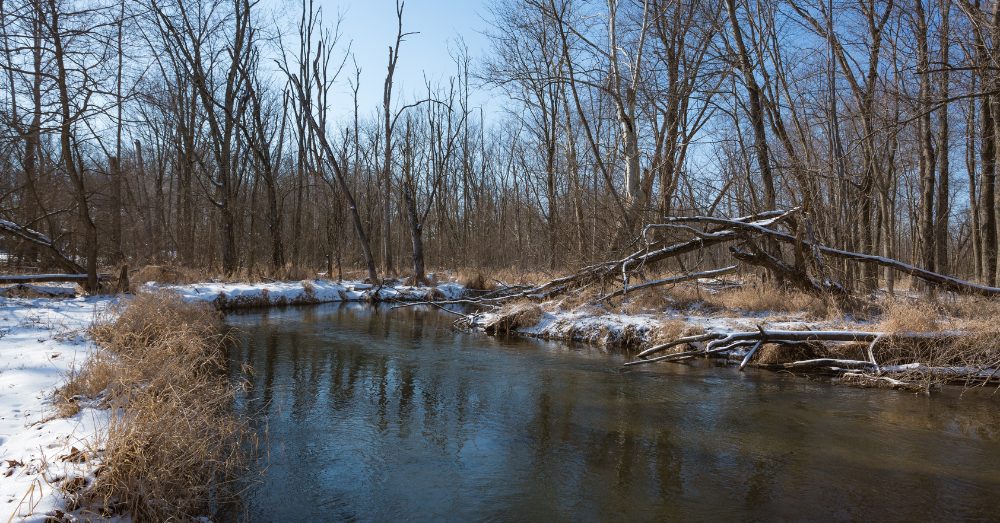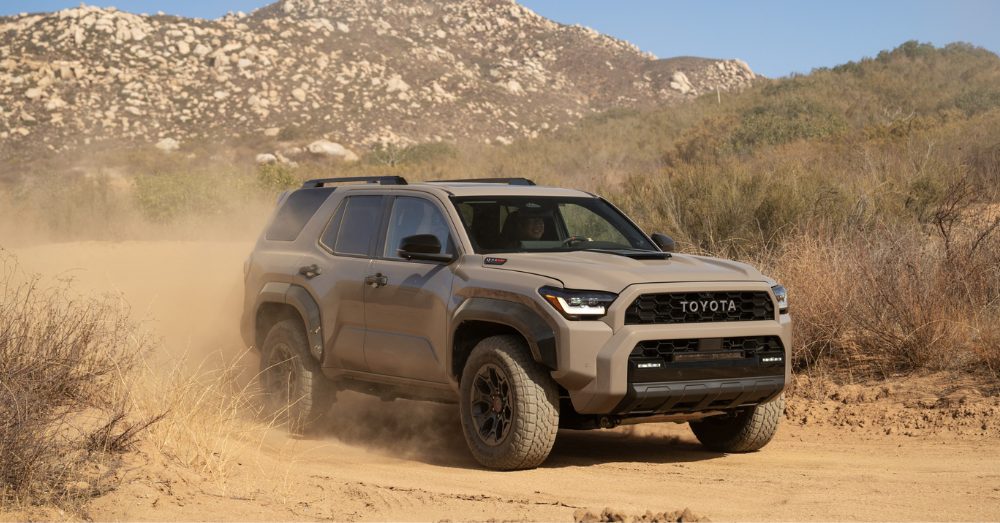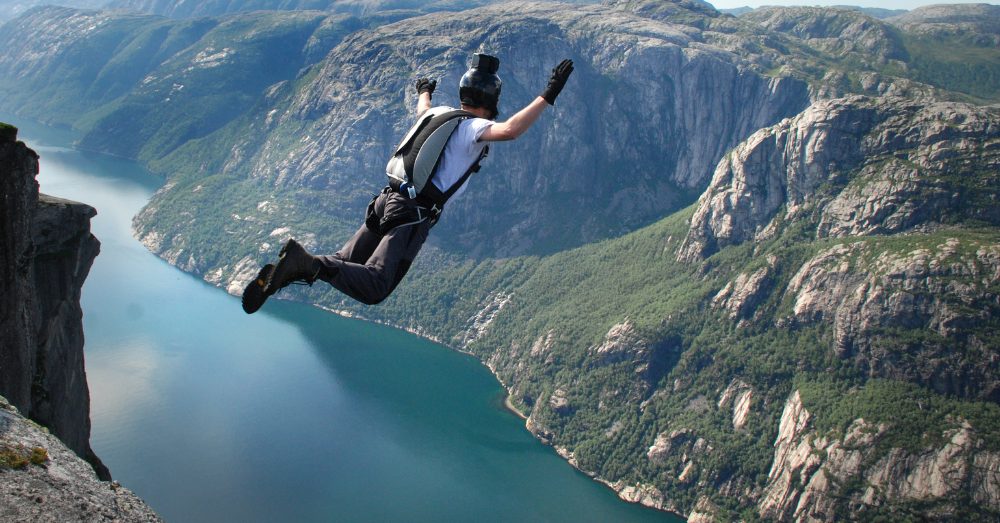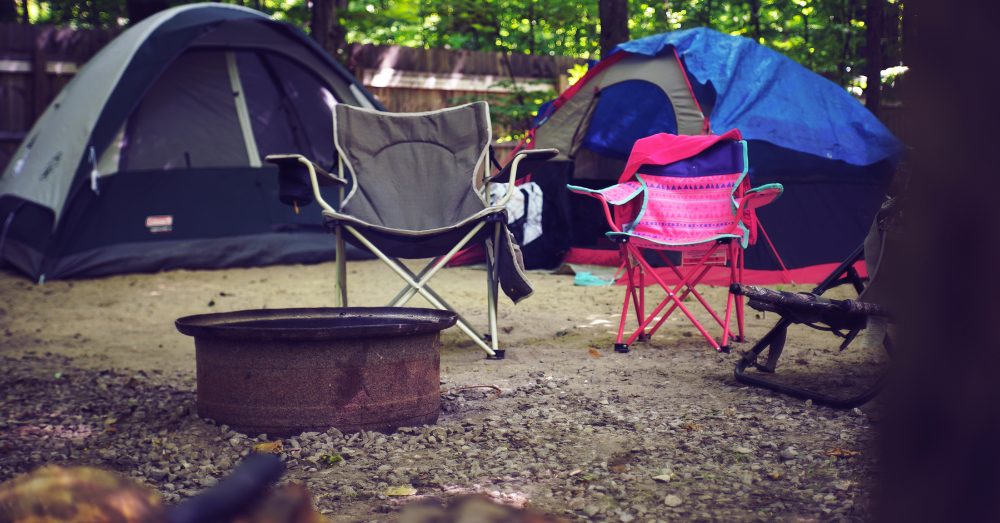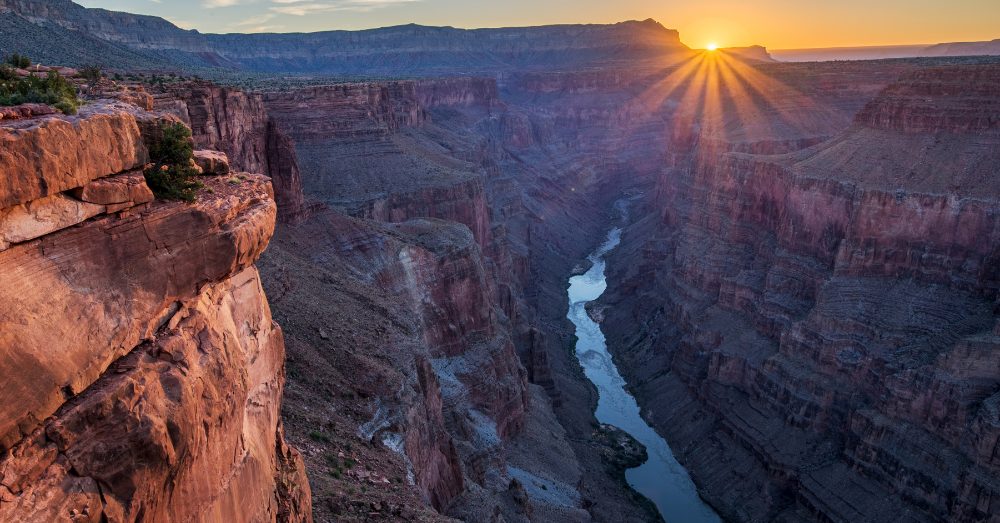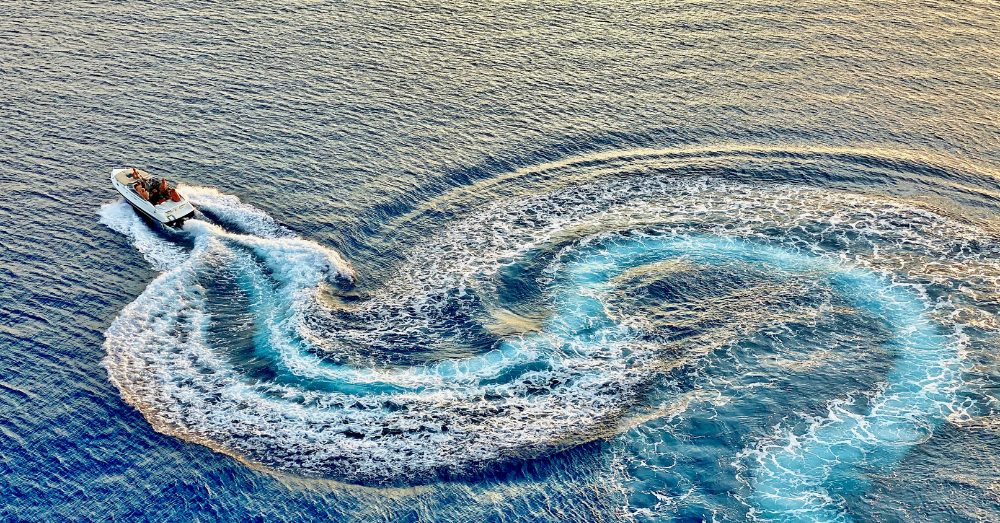Night-Sky Road Trips That Make Autumn Feel Bigger
Pull off at the right scenic overlook on a cool October evening and you’ll understand why autumn is when the stars feel closest. The air gets crisp, humidity drops away, and those early sunsets give you hours to watch the sky wake up. Pack a thermos, grab a blanket, and head out to where the Milky Way actually looks like a river of light.
- Autumn offers the clearest skies for stargazing, with lower humidity and stable air that reduce atmospheric distortion.
- Dark-sky parks across the Southwest provide the best viewing conditions, with Utah alone hosting more than two dozen certified locations.
- Night driving needs specific safety prep including clean headlights, regular breaks, and dimmed interior lighting.
Why Fall Wins for Sky Watching
You’ve probably noticed how different the air feels once September rolls around. That crispness makes for better stargazing. Summer brings warm nights but thick humidity that blurs the view. When temperatures drop in autumn, the atmosphere stabilizes and less water vapor means clearer sightlines straight up through space.
Sunset hits earlier, so by 8 PM you’re already in full darkness. That gives you solid hours before midnight to spot planets and trace constellations.
Where the Dark Sky Gets Dark
Light pollution from cities washes out the night sky for miles around. That’s where designated dark-sky parks come in. These spots are certified by DarkSky International for having genuinely low light pollution.
Utah dominates with more certified locations than any other state. Arches and Canyonlands National Parks both offer ranger-led night programs during fall. Big Bend National Park in Texas sits so far from major cities that it claims some of the darkest skies in the lower 48 states. Cherry Springs State Park in Pennsylvania brings dark skies to the East Coast, rare for that heavily populated region.
Planning Your Route
Pick a destination but keep your route flexible. Weather can shut down a perfect stargazing spot fast. Check moon phases before you go. Four days before or after a new moon gives you the darkest conditions.
Highway routes work better than back roads for night driving. Route 163 through Monument Valley offers stunning pullouts. Utah’s Highway 12 connects multiple dark-sky parks through red rock country.
Gear You Actually Need
Start with good binoculars. Look for 7×50 or 10×50 models. Bigger front lenses gather more light when you’re trying to see dim objects billions of miles away.
Get a red flashlight. Your eyes need about 20 minutes to adjust to darkness. Regular white light ruins that instantly. Red light lets you read star charts without resetting your night vision.
Dress warmer than you think you need to. Nights in the desert can drop to 40 degrees. Bring layers and download a planetarium app like Stellarium Mobile before you lose cell service.
Staying Safe After Dark
Night driving requires different habits than daytime cruising. Your reaction time drops when you can’t see as far ahead. Slow down on unfamiliar roads. Use your high beams on empty highways but dim them when you see oncoming traffic.
Get your windshield and headlights clean before you leave. Dirty glass scatters light and creates glare. What looks barely noticeable in daylight becomes actively dangerous at night.
Dim your dashboard lights. If the gauges are blazing at full power, looking from the dash to the dark road ahead disorients your eyes. Some vehicles with blackout styling help here. The Camaro Black Panther edition features low-glare interior lighting that works well for nighttime adventures, keeping the cabin dark enough to preserve your night vision while still seeing the controls.
Take breaks every two hours minimum. Pull over, walk around, stretch your legs. Fatigue hits harder at night. Keep an emergency kit in your trunk with flashlight, jumper cables, first aid supplies, water, and snacks.
Making the Most of Your Stop
When you find a good pull-off, give your eyes time to adjust. Spend the first 15 or 20 minutes just sitting in the dark. It feels like nothing is happening, then suddenly you notice stars you couldn’t see before. The Milky Way develops detail instead of looking like vague haze.
Look away from direct lights. If a car drives past, turn your head so the headlights don’t hit your eyes straight on. Learn a few easy constellations before your trip. Orion is up by late autumn, impossible to miss with its belt of three bright stars in a row.
Your Next Clear Night
Autumn stargazing turns a regular road trip into something that sticks with you. You don’t need expensive equipment. Just drive away from the city lights, find a dark spot, and look up.
Check the weather forecast a day ahead. Clear skies matter more than anything else. Plan for at least three hours at your stargazing spot. This isn’t about checking boxes. It’s about sitting under a sky so full of stars you can’t count them all.


